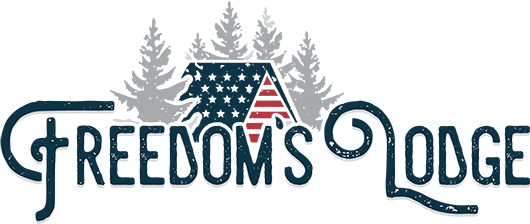Guns Save Lives
Why “Just Call the Cops” Is a Survival FAIL
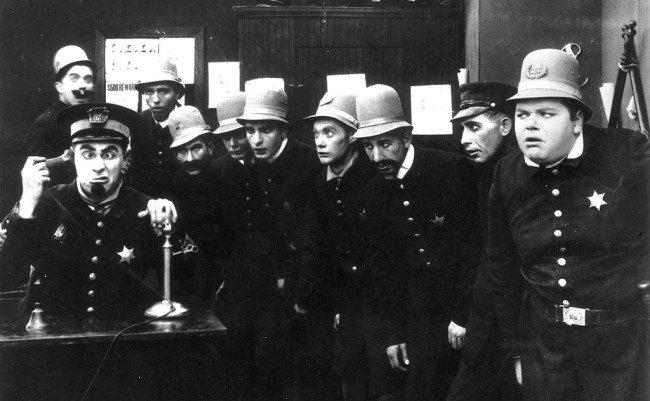
B-b-b-but how were we supposed to get inside the school doors? They were LOCKED!
The next time some anti-gunner asks you why you don’t “just call the cops” instead of arming yourself …
… show them this article from the NRA’s Institute for Legislative Action (NRA-ILA). For decades, America’s anti-gunners have been smugly informing America’s gun owners that our firearms won’t protect us against a home invasion, armed robbery, mugging, or murder. Instead, they whine, we ought to be calling 911. Here’s the problem with that: When seconds count, the police are only hours away. Yes, hours. When literally half of your city’s 911 high-priority calls go unanswered for an hour or longer, the reason for calling 911 in an emergency is to have the police come document what happened and clean up the scene.
Of course, that’s always been the case. As the Supreme Court has repeatedly ruled, law enforcement is under no obligation to stop a crime in progress. It is, in fact, perfectly legal for responding police officers to doodle around outside a school in which an active shooter is actively murdering children. The police are within their rights to be utterly stymied by the absence of a key. (Perhaps it would have worked better if they’d been serving a no-knock warrant on the wrong address.)
We here at Freedom’s Lodge aren’t anti-police; we’re pro-gun rights. America needs a cadre of professional law enforcement, and the police absolutely have a place in our defensive strategy. If there’s a cop handy right when we need him, we’re more than happy to let him take care of business. Just remember: When seconds count, your defensive firearm is only milliseconds away.
~~~~~~~~~~~~~~~~~~~~
When Seconds Count, the Police Are Only HOURS Away!
–NRA-ILA Staff
After violent unrest and looting in 2020 that Chicago mayor Lori Lightfoot admitted had “spread like wildfire” throughout parts of Chicago, the mayor nonetheless “urged Chicagoans not to take matters into their own hands in this concealed carry state. ‘Do not pick up arms and try to be police. If there’s a problem, call 911,’ she said. ‘We will respond.’”
Chicago residents, it seems, have little reason to believe her.
Residents who called 911 for police help last year were reportedly left waiting in more than half of “high priority” (priority level 1 and 2) calls. Priority Level 1 calls, the most urgent, include incidents where there is “an imminent threat to life, bodily injury, or major property damage/loss,” while Priority Level 2 are those where “timely police action…has the potential to affect the outcome of an incident.”
Analysts using data obtained from the Chicago Police Department (CPD) found that “in 2021 there were 406,829 incidents of high-priority emergency service calls for which there were no police available to respond. That was 52 percent of the 788,000 high-priority 911 service calls dispatched in 2021.” The calls involved serious crimes like in-progress assaults or batteries, persons shot or stabbed, robberies, domestic violence, and violations of court protective orders.
According to the source, while the overall number of 911 calls remained roughly the same between 2019 and 2021, the amount of dispatched calls that had to be backlogged for a response – “radio assignments pending” or RAP calls – more than doubled, “from 5,077 in 2019 to 11,721 in 2021, up more than 130 percent.” Significantly, a RAP is “a range of time in which no dispatchable resources are available in the [police] District/dispatch group” as a whole, rather than a single unresponsive contact after a dispatched call.
Although the researchers were unable to obtain information on the average duration of a RAP backlog, an audio recording the article includes features a dispatcher for the 11th Police District reeling off a list of 36 incidents with apparently hours-long response delays (213 minutes on a “mental health disturbance… 208 minutes on a domestic… 207 minutes on a battery in progress… 178 minutes on a shots fired call… 166 minutes on a mental health disturbance … 198 minutes on a domestic… 129 minutes on a robbery that just occurred… 68 minutes on a domestic battery… 98 minutes on an assault that just occurred…”). Earlier this year, a separate report indicated a carjacked Uber driver had a 75-minute wait before a CPD officer responded to his 911 call, “[b]ecause there were no cops available in the district to handle the assignment.”
The City of Milwaukee shows a pattern of increased delays in police response times too, according to investigators for FOX6 news. They report that over the last three years, “response times are up at every priority level in every police district.” While Priority 1 calls have a 15 percent longer response time in 2022 than they did in 2019, the sharpest increase is for Priority 3 calls – less urgent incidents like burglaries, batteries, or thefts where the suspect is no longer present. The time to respond to such calls has increased by over 85 percent.
Likewise, a recent report before the City Council of New Orleans indicates that residents of the Crescent City are facing an average wait time of 2.5 hours for police to respond to a 911 call (all calls, not just high-priority). Police officials claim that the important metric is actually the response time for true emergencies (presumably, once a “suspicious person” or “mental health disturbance” call morphs into a home invasion, assault, or robbery). Even so, the average response time for these critical calls clocks in at about 13 minutes, and in “a rising share of cases, police are marking even calls about serious crimes as ‘gone on arrival’ or ‘unfounded’” because callers simply give up on waiting for the police. “Compared to a three-year average from 2018 to 2021, the number of aggravated assault calls that end with no formal written report has risen by 14%; the number of aggravated rape calls by 20%; and the number of armed robbery calls by 10%.”
One factor common to all of these jurisdictions is a drop in police officer staffing. According to one source, hundreds of sworn police personnel in Chicago have left the force each year since 2019, resulting in personnel levels at “a new low not seen in more than half a century.” In New Orleans, police officers are reportedly “leaving in droves,” with “fewer than 1,000 officers remain[ing] after a net loss of one in six officers since the start of last year.” Milwaukee’s police department experienced a 14 percent reduction in the number of sworn officers between early 2019 and April of this year. Andrew Wagner, the president of the Milwaukee Police Association, says there are “just not enough officers to go around. Our officers are stretched to the limit.”
In the landmark Second Amendment case of District of Columbia v. Heller (2008), Justice Breyer, writing for the dissent, asserted that “the Second Amendment protects militia-related, not self-defense-related, interests,” and bolstered that claim by arguing that “the subsequent development of modern urban police departments, by diminishing the need to keep loaded guns nearby in case of intruders, would have moved any such right even further away from the heart of the Amendment’s more basic protective ends.” The underlying but flawed assumption is that in urban areas, at least, the police are standing by to protect citizens and property, and that timely help is just a phone call away.
The danger of relying on that assumption is best illustrated by the evidence of lengthy 911 response times, RAP backlogs, and understaffed police departments in Chicago, New Orleans, Milwaukee and elsewhere across America. Besides personnel shortages and overworked officers, police resources are further strained by unprecedented spikes in violent crime, soft on crime bail and prosecution policies that have repeat offenders back on the streets, and, under the Biden Administration, budget squeezes caused by soaring fuel costs. None of this is likely to change anytime soon.
One certainly related public safety metric is gun sales, which reached record-high levels over the last couple of years. Millions of responsible Americans have opted for a private fallback safety and security plan by joining the Second Amendment community.
For ordinary citizens admonished not to “pick up arms,” what makes Mayor Lightfoot’s moralizing about the appropriate responses to crime even more insulting is the giant blob of flaming hypocrisy on top. Unlike less exalted residents of the Windy City, the mayor and her residence are protected by her own special unit of approximately 100 police officers and bodyguards, making it extremely unlikely she’ll be calling 911 for anything.
-
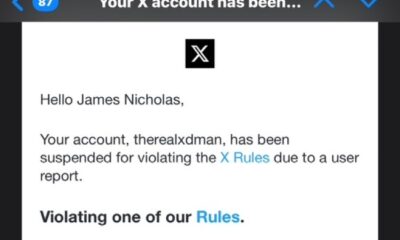
 Smells Like Infringement1 month ago
Smells Like Infringement1 month agoCensored! Check Out the Gun Meme That Got Me Perma-Banned from Twitter/X
-
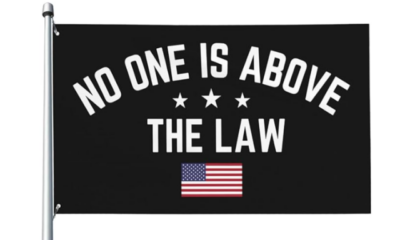
 Gun Rights2 months ago
Gun Rights2 months agoLet’s See If Lefties Think the Brady Campaign is “Above the Law”
-
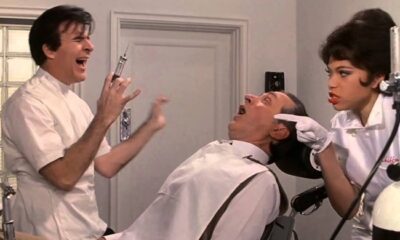
 2A's Lighter Side2 months ago
2A's Lighter Side2 months agoOpen Your Mouth & Close Your Eyes! Here’s Another Anti-Gun USAID Surprise …
-

 Gun Rights3 weeks ago
Gun Rights3 weeks agoDOJ Tells Anti-Gun Illinois to Stop Eating Paint
-

 Smells Like Infringement2 weeks ago
Smells Like Infringement2 weeks agoMarriage Made in Hell: Let’s NOT Merge ATF & DEA
-
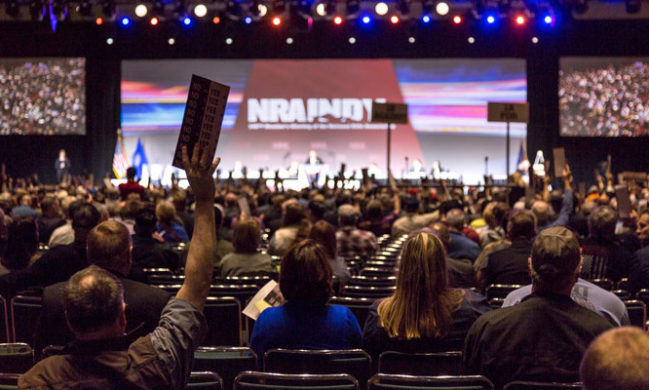
 Gun Rights4 weeks ago
Gun Rights4 weeks agoRELOADED! NRA 2.0 Comes Out Swinging in 2025
-

 Laws & Rights1 month ago
Laws & Rights1 month agoThe Ides of March for Our Lives
-
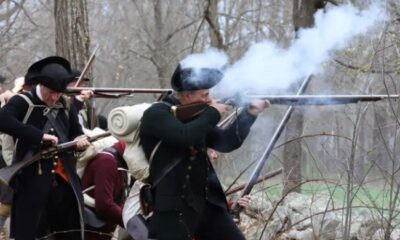
 Guns Save Lives1 week ago
Guns Save Lives1 week agoIndependence Day Couldn’t Have Happened Without Armed Citizens
